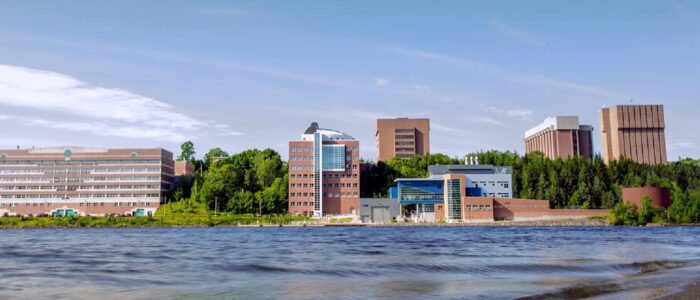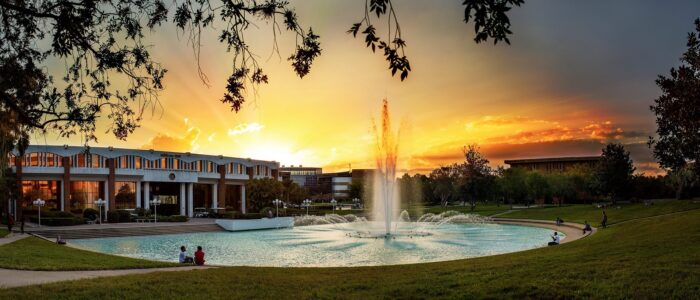The American Society of Heating and Refrigeration Engineers collaborates with the American Water Works Association, the American Society of Plumbing Engineers and the US Green Building Council on the development of a consensus document (ASHRAE/ASPE/AWWA 191P) that contributes to lower #TotalCostofOwnership in education communities; thus our interest.
The purpose of this collaborative best practice project is:
• Provide baseline requirements for the design of mechanical systems that minimize the volume of water required to operate HVAC systems.
• Balance environmental responsibility, resource efficiency, process efficacy, and community sensitivity.
• Support the goal of the development that meets the needs of the present without compromising the ability of future generations to meet their own needs.
A live public consultation opportunity was identified by our tracking algorithm. The public review draft is available at this link:
BSR/ASHRAE/ASPE/AWWA 191P: Standard for the Efficient Use of Water in Building Mechanical Systems
Comments are due September 27th.
You may comment directly at the portal linked below:
ASHRAE Online Standards Actions & Public Review Drafts.
We hold all ASHRAE standards on the standing agenda of our Water, Energy and Mechanical teleconferences. See our CALENDAR for the next online meeting; open to everyone.
Issue: 17-230
Category: Water, Plumbing
Colleagues: Richard Robben, Larry Spielvogel















